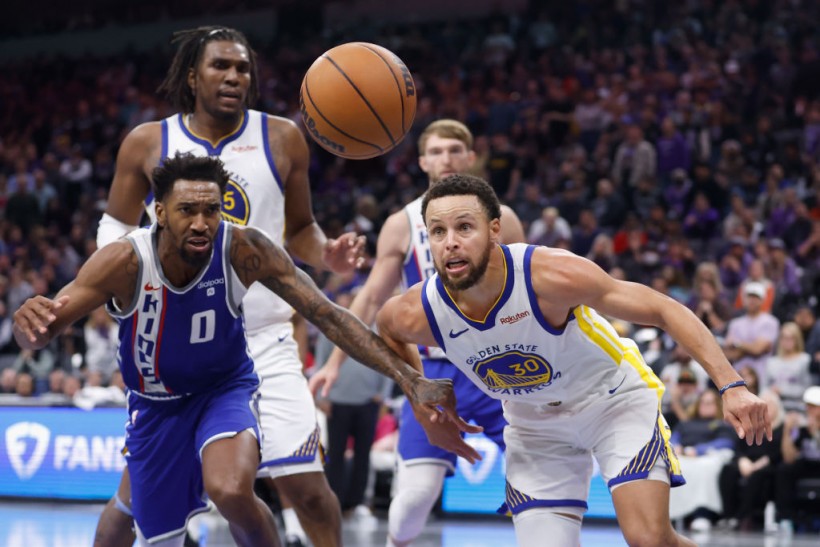
The NBA In-Season Tournament bracket is set after Group Play has concluded.
There are only eight teams left, four from each conference. The knockout rounds will see Milwaukee Bucks vs New York Knicks and Boston Celtics vs Indiana Pacers in the Eastern Conference.
The Western Conference is headlined by the Lebron James and Kevin Durant showdown as the Los Angeles Lakers and the Phoenix Suns meet, while the other tie is between exciting young teams, Sacramento Kings and New Orleans Pelicans.
The inaugural pocket tourney of the world's number-one professional basketball league has elevated the usually dull and long regular season, and fans want more.
The reception when it was first introduced was lukewarm. Some fans even think it was just a distraction.
However, the returns - through social media reactions and official statistics from broadcasters - suggest the NBA In-Season Tournament elevated the league, whose elimination round runs for six months or 82 games.
How did Adam Silver do it?
Aside from the NBA In-Season Tournament prize of $500,000 per player and an NBA Cup, players are motivated to go all-in on the pocket tourney because of incentives provided by their teams and the league.
It is quite a payday for players to reach higher levels in the tourney.
The $500k is the highest they can receive if they win the cup. Reaching the championship will get players $200,000 each; a semi-final game means $100,000 per player while reaching the quarterfinals alone puts $50,000 more in their bank account.
Read more: Monty Williams Net Worth 2023
The game gets more exciting as the NBA employs the point differential feature to break the tie if there is one. That meant teams didn't need to pull their punches down to the last second.
Reasons it is a success:
1. Increased viewership says it all
The definitive way to determine a competition's success is ratings.
An NBA PR announced that national TV viewership for the Group Play games on regional sports networks and over-the-air stations increased by 20% compared to last year's November average.
The neck-to-neck game between the Kings and the Golden State Warriors recorded the highest increase. Viewers increased by 93% compared to last season's comparable window.
Local networks also benefit from the pocket tourney as stations also experienced an increased audience.
2. Game Attendance
More fans watched the games live, too, during the Group Play.
According to the NBA, an average of 18,000 live game spectators were seen in the Group Play round.
It is not improbable that the Fiserv Forum, Crypto.com Arena, and TD Gardens will be jam-packed come the knockout rounds.
3. NBA app and social media accounts
The NBA app was quite busy during the Group play, too. The league announced its application, downloadable through iOS and Google Play, and its social media accounts garnered 3.9B video views in November, the highest since they became active.
4. Interest from streaming sites
Apple TV found success in MLS when it got more exciting because of the arrival of Lionel Messi.
The NBA In-Season Tournament does the same for the league as top streaming sites like Netflix are showing interest in becoming the platform to offer NBA games.
Also in the mix is Amazon's Prime Video, as global vice president Jay Marine recently told Ourand that they hope to add an NBA package to the streaming site soon.
Hulu was among the first to air live NBA games.
Related article: Joel Embiid Contract - Sixers Star's New Extension Is Eye-Popping
© 2023 Sportsworldnews.com All rights reserved. Do not reproduce without permission.